Meeting Information
North America: Desalination and Reuse Roundtables
This session, brought to you by GWI, in partnership with Aqualia and Woodard & Curran, focused exclusively on water reuse and desalination in North America, bringing together key players involved in some of the most significant projects in the region, recreating the high-value interactions that have otherwise become impossible during the COVID-19 pandemic.
Increased water scarcity is decreasing reliability of existing water sources and driving up the price that utilities pay for their current supply. Both of these factors are causing alternatives like reuse and desalination to become more attractive. The federal government is also playing a role in advancing desal and reuse, and the market is ripe for technological innovation.
This session, which replicates a traditional roundtable format in a virtual space, is a vital networking opportunity for those involved in the projects market in North America, providing insights into specific business opportunities and how these interface with aspects such as broader capital spending, and regulatory compliance needs, as well as the drivers and policies that are shaping the market. 20 industry expert speakers hosted table discussions on specific water reuse and brackish and seawater desalination projects that are in the conceptual or procurement stages, as well as broader policy issues affecting the desal and reuse market, such as regulations around potable reuse.
Format
Roundtables
Expert speakers lead tables of 6-8 in tightly focused discussions on what is new and trending in the international water industry.
- Choose a topic and join the table
- Meet the host and table guests
- Participate in an intimate, face-to-face exchange of ideas
- After four table rotations, you’ll leave the session with a new set of contacts, a meeting set up for later that day and a step towards your next deal.
Steve Ramos, Water Resources Manager, City of Corpus Christi, Texas
A number of seawater desalination projects are taking shape on the Gulf Coast of Texas, including a $220 million scheme spearheaded by the City of Corpus Christi.
Hardeep Anand, Deputy Director, Miami Dade Water and Sewer Department
rnIn order to eliminate wastewater discharges to the ocean and reuse 60% of wastewater flows by 2025, the Countyu2019s plans include upgrades to 57 wastewater treatment projects.
Erin Young, Water Resources Manager, City of Flagstaff
rnA possible DPR scheme which could involve 14MGD of advanced treatment at an estimated cost of $145 million.
Rafael Villegas, Program Manager, Los Angeles Department of Water and Power
rnThe City has outlined ambitious targets to recycle 100% of its wastewater by 2035, which will include multi-billion dollar upgrades at the Hyperion WRP.
Bill Norris, President, NorrisLeal
rnBrackish desal is a key strategy to address water shortages across Texas, and the state last year saw its first BWRO under a P3 structure. What are the opportunities?
Eva Aaiz, Country Manager USA, Aqualia
rnThe P3 model has helped to accelerate projects implementation, mitigate risk and support technology innovation for many desal and reuse projects around the world. Aqualiau2019s US Country Manager, Eva Aaiz discusses their potential to foster a collaborative approach to project delivery within the American market.
Sarah Gomach, Solar Prize Program Lead, NREL
rnThe Department of Energy has launched a competition specifically for solar desalination systems. What are the opportunities?
Ken Herd, Chief Science and Technical Officer, Tampa Bay Water
rnAn expansion of the existing 28.75MGD Tampa Bay SWRO plant by an extra 10-12.5MGD in order to meet projected water demand.
Chuck Cullom, Central Arizona Project
rnA joint US-Mexico study assessed the options for a $3 billion desalination scheme on the Sea of Cortez in Mexico. Is it feasible?
Keith Minnich, Principal, Third Bay
rnThis roundtable will present the financial, regulatory, and environmental drivers to concentrate brines, current practices, and trends. A short history of ZLD and the current challenges will provide a context for the discussion.
Daniel Nix, Utilities Operations Manager, City of Wichita Falls
rnWhat can we lea from one of the first direct potable reuse projects in the US?
Jamie S. Heisig-Mitchell, Chief of Technical Services, Hampton Roads Sanitation District, USA
rnThe 120MGD u201cSWIFTu201d initiative will use large-scale aquifer recharge to address groundwater over-abstraction and seawater intrusion.
Tom Pankratz, Editor, Water Desalination Report
rnJoin Tom Pankratz, Editor of the Water Desalination Report (WDR) as he discusses the latest innovations, trends, and emerging technologies in the desal market.
Sandy Scott Roberts, GWRS Program Manager, Orange County Water District
rnOrange County pioneered the largest indirect potable reuse project in the US. What are the lessons leaed?
Aaron Baker, COO, Valley Water, Califoia and Jill Jamieson, President & CEO, Illuminati Infrastructure Advisors
rnA 9MGD expansion of Valley Wateru2019s advanced wastewater treatment and groundwater recharge programme under a DBFO structure.
Tom Bartol, Manager for Water/Wastewater Policy, Permitting, and Compliance at JEA
rnA $815 million potable reuse scheme involving the build out of 40MGD in new treatment capacity to meet JEAu2019s alteative water supply targets by 2035.
Scott Reinert, Water Resource Manager, El Paso Water
rnTo offset water shortages from the Rio Grande river the City is planning a 15MGD expansion of the Kay Bailey Hutchison BWRO and a possible DPR scheme.
Eileen Idica, Principal Engineer at Trussell Technologies, Inc & Anya Kaufmann, P.E, Senior Engineer at Trussell Technologies, Inc
rnFrom surface water augmentation to direct potable reuse, how is the regulatory environment for water reuse evolving in Califoia?
Yuliana Porras-Mendoza, Advanced Water Treatment Research Coordinator, United States Bureau of Reclamation
rnUSBR is funding dozens of lab and pilot-scale desal and reuse projects. Which technologies have shown promise?
Peter Fiske, Director, Water Energy Resilience Research Institute (WERRI), Lawrence Berkeley National Lab
rnThe National Alliance for Water Innovation was selected in 2019 to support the DoEu2019s $100 million Energy-Water Desalination Hub. What are its plans?
John Stufflebean, Program Director, Pure Water San Diego
rnThe City plans to generate one third of its water supply needs through indirect potable reuse, which will involve 83MGD (314,190mu00b3/d) of reuse capacity by 2035.
Jon Freedman, Global Govement Affairs Leader, SUEZ & Justin Mattingly, Biologist, US EPA
rnThe EPA launched a comprehensive water reuse action plan in 2020. What has been achieved so far?
Paula Kehoe, Director of Water Resources, San Francisco
rnThe San Francisco Public Utilities Commissionu2019s holistic view of water management involves both centralised and decentralised wastewater reuse.
Erika Mancha, Manager, Texas Water Development Board
rnTexas is the only state to have successfully adopted direct potable reuse to date. What is the outlook?
Bruce Chalmers, Program Manager, Regional Recycled Water at MWD
rnA phased 150MGD regional recycled water programme in Southe Califoia.
Tim Hogan, TWB Environmental Research and Consulting
rnMinimizing the environmental impacts of intake and outfalls on aquatic life is the biggest challenge to SWRO growth in the US. How can the industry effectively manage this challenge?
Alyson Watson, CEO, Woodard & Curran
rnNewly appointed CEO of Woodard & Curran, Alyson Watson discusses the potential impacts and challenges of alteative energy sources in the development of the US Desal and Reuse market.
Rebecca Greenwood, Engineering Geologist, Recycled Water and Desalination Unit, State Water Resources Control Board, Califoia
rnThe SWRCB presents its new analysis of volumetric reuse trends in the Golden State.
Main Strand
Speakers



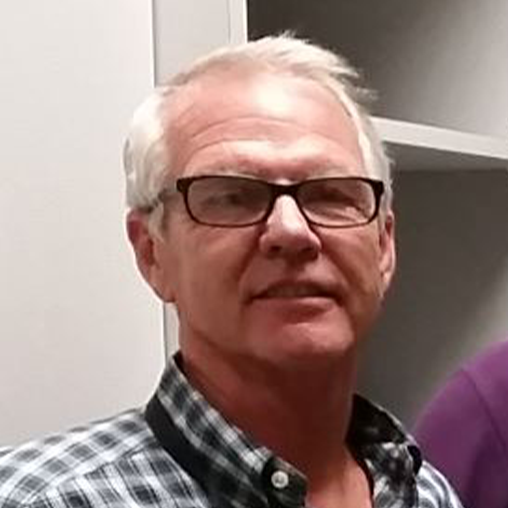
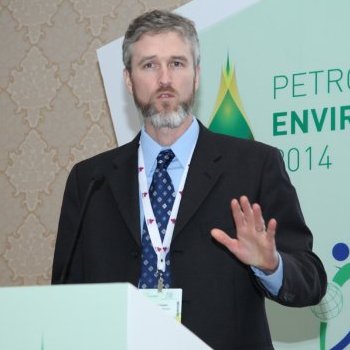
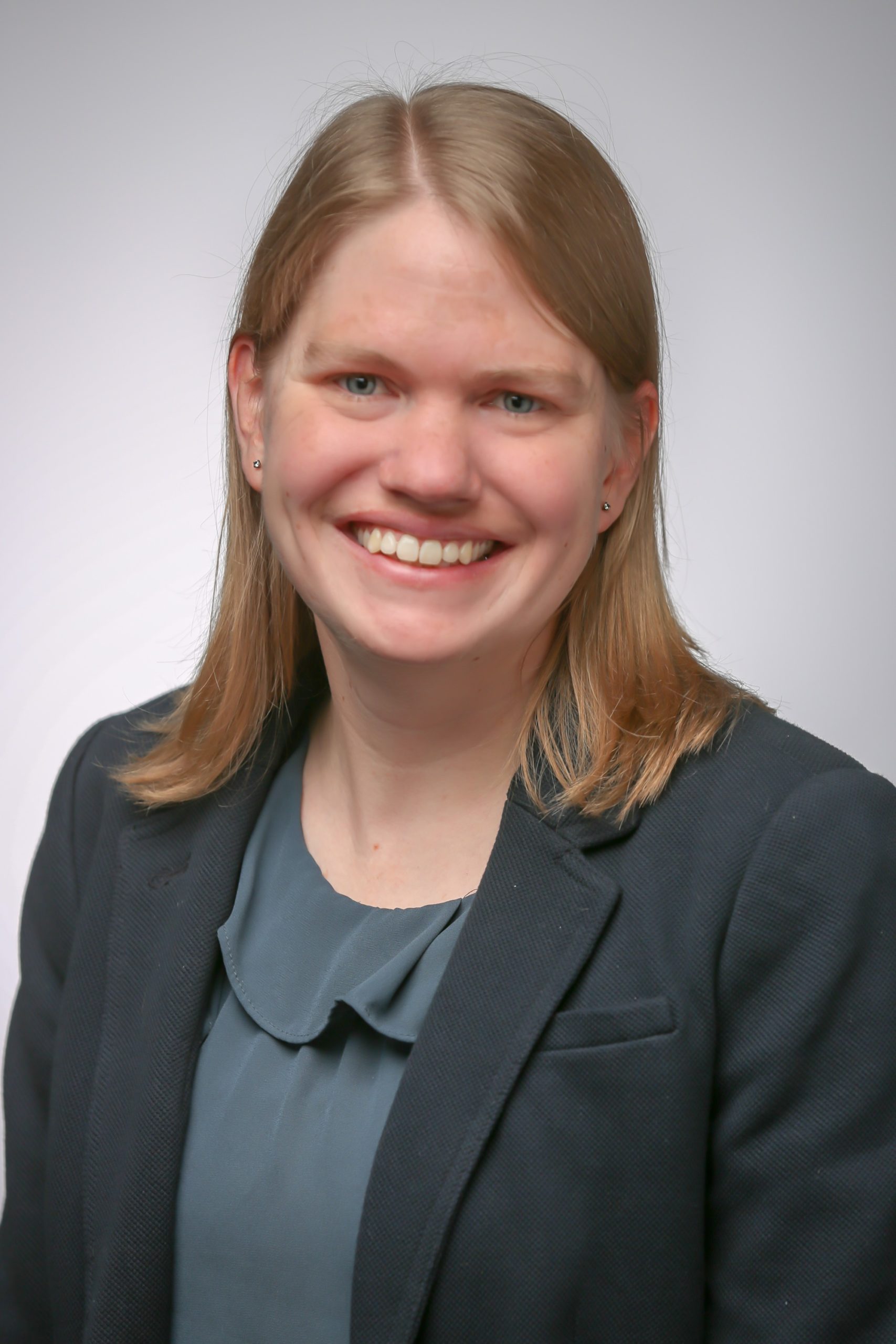
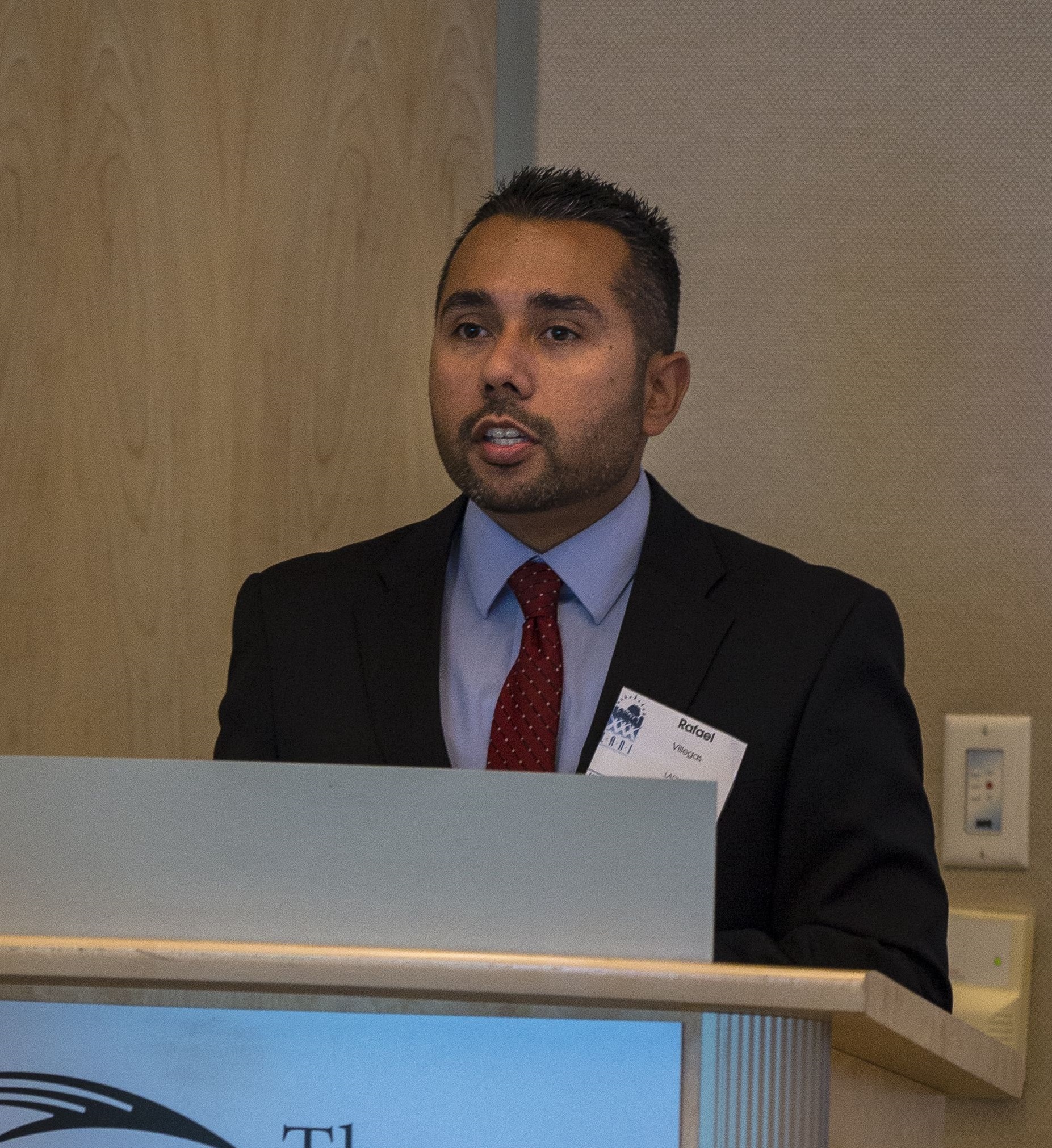

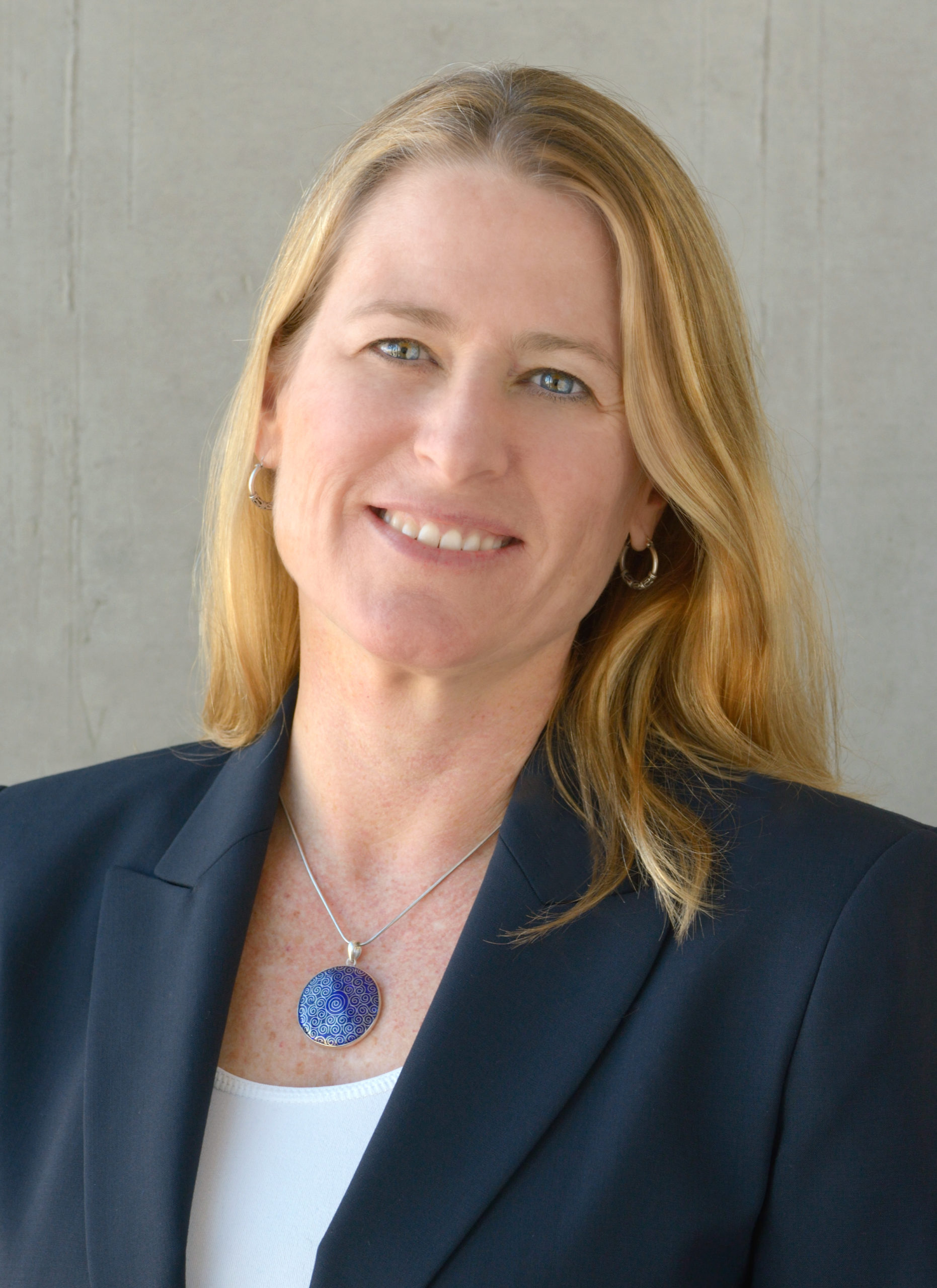
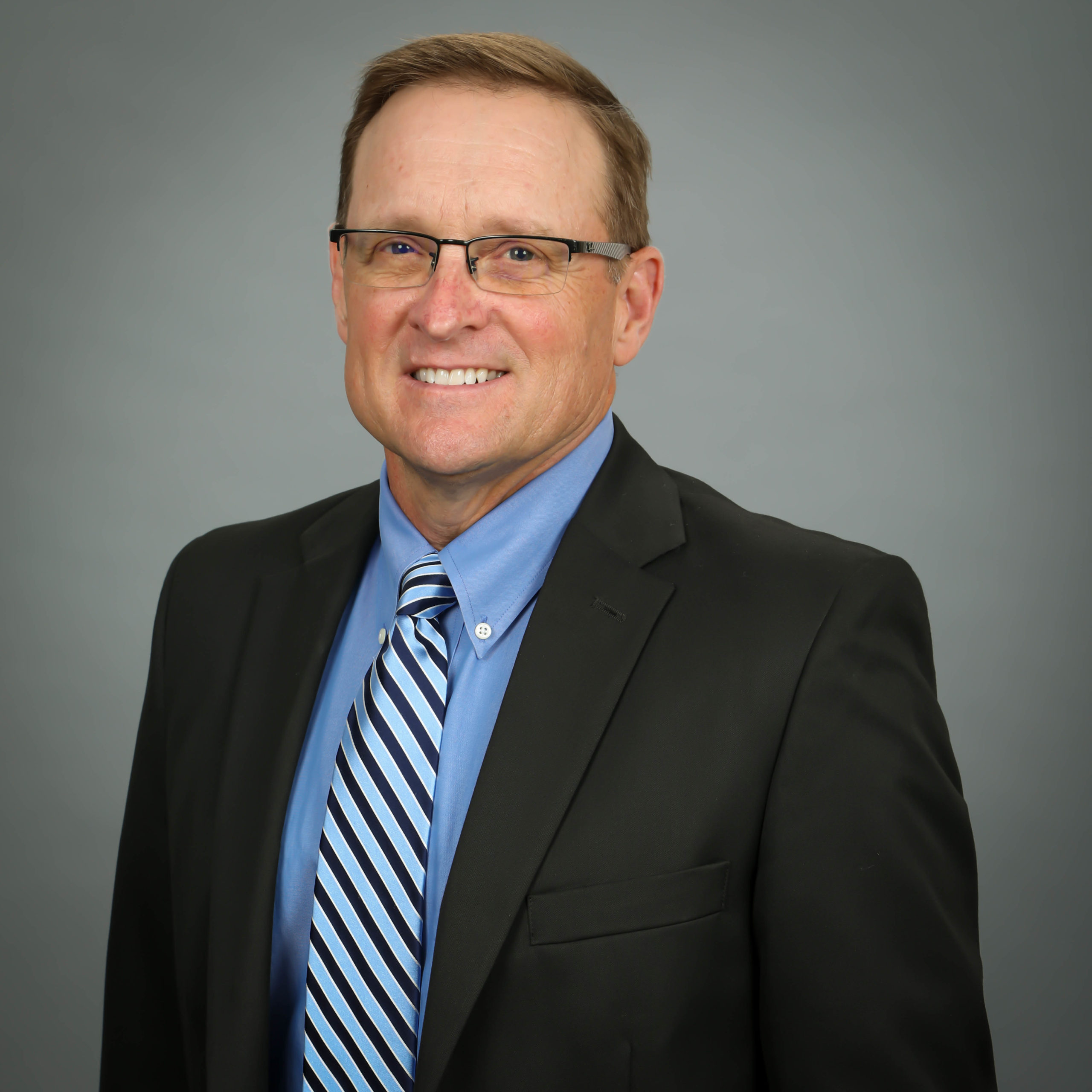
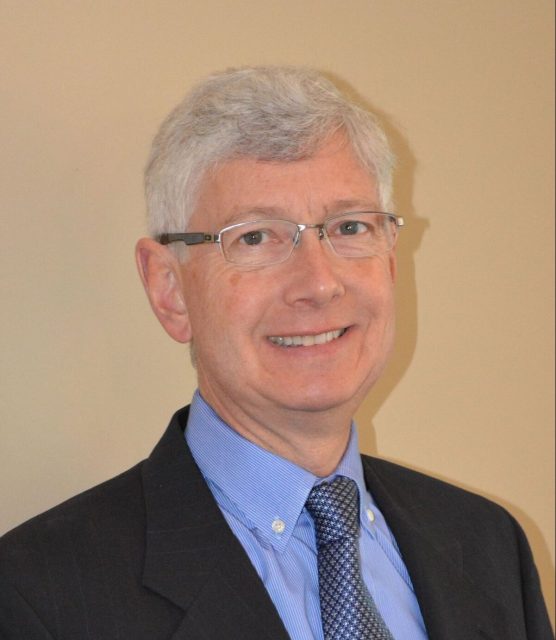
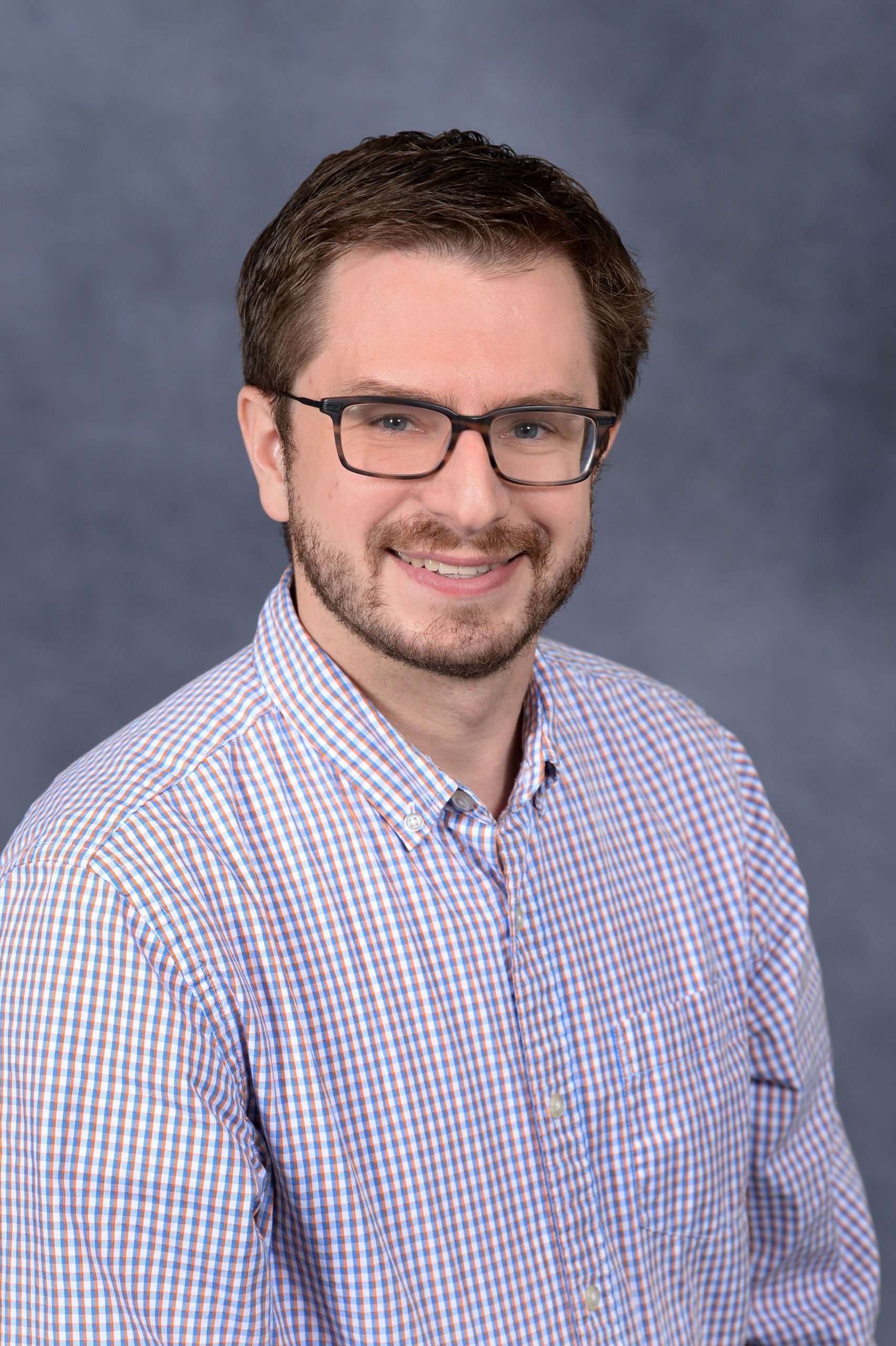


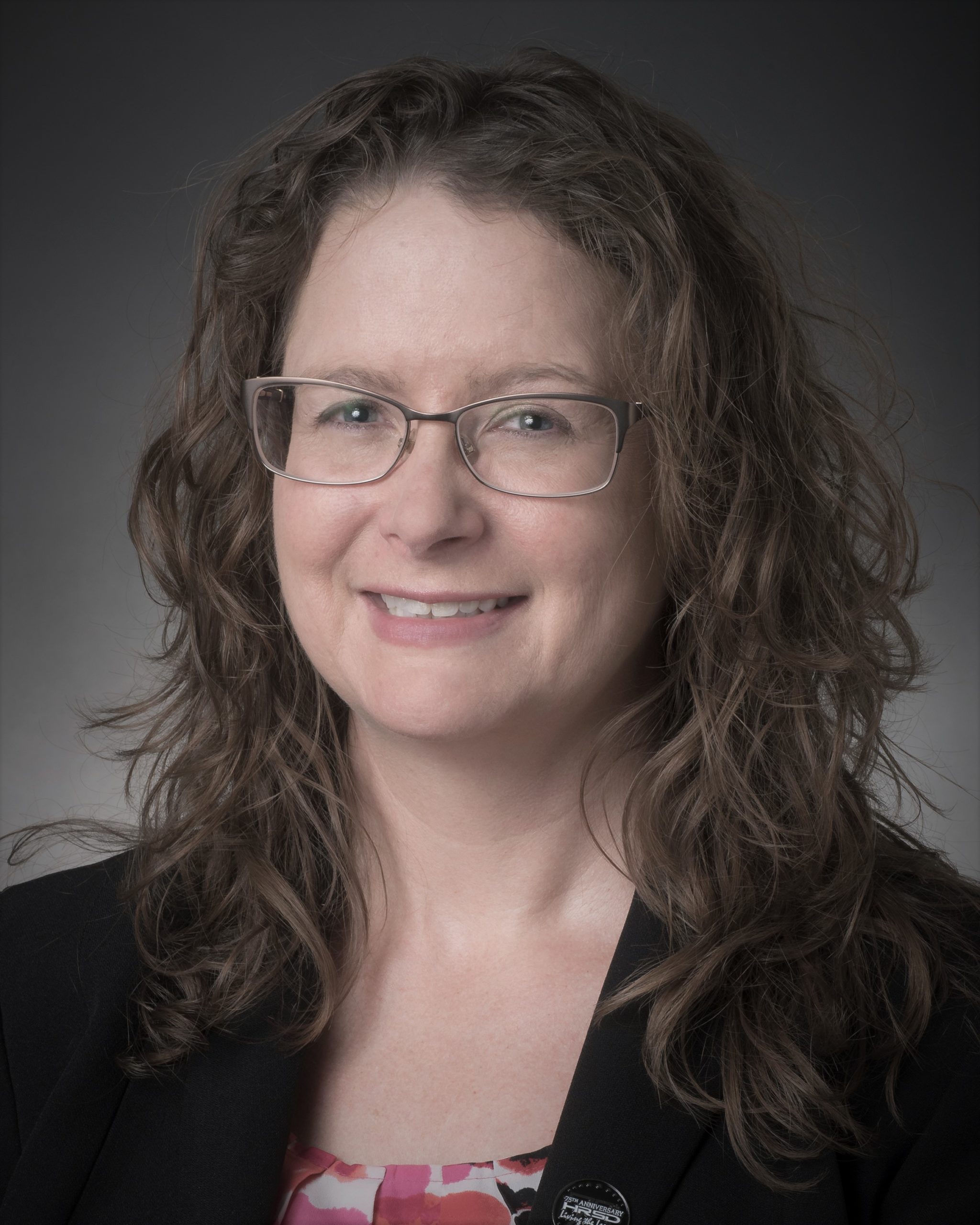
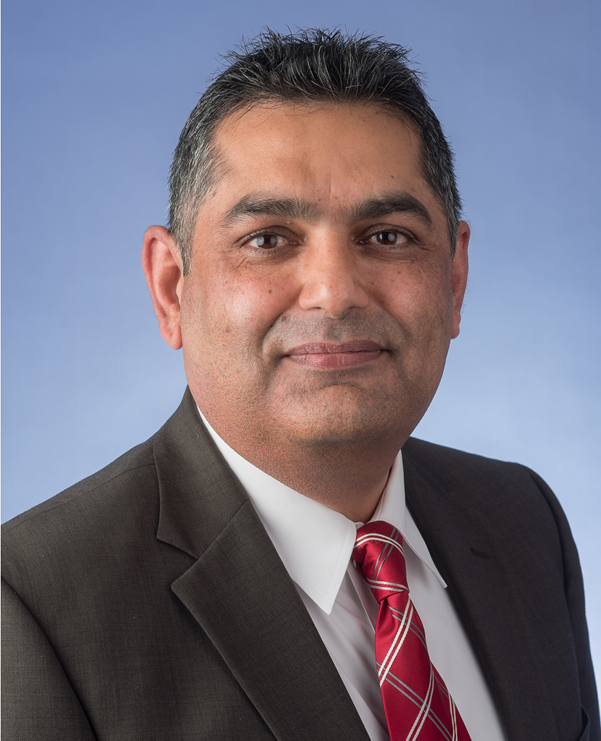




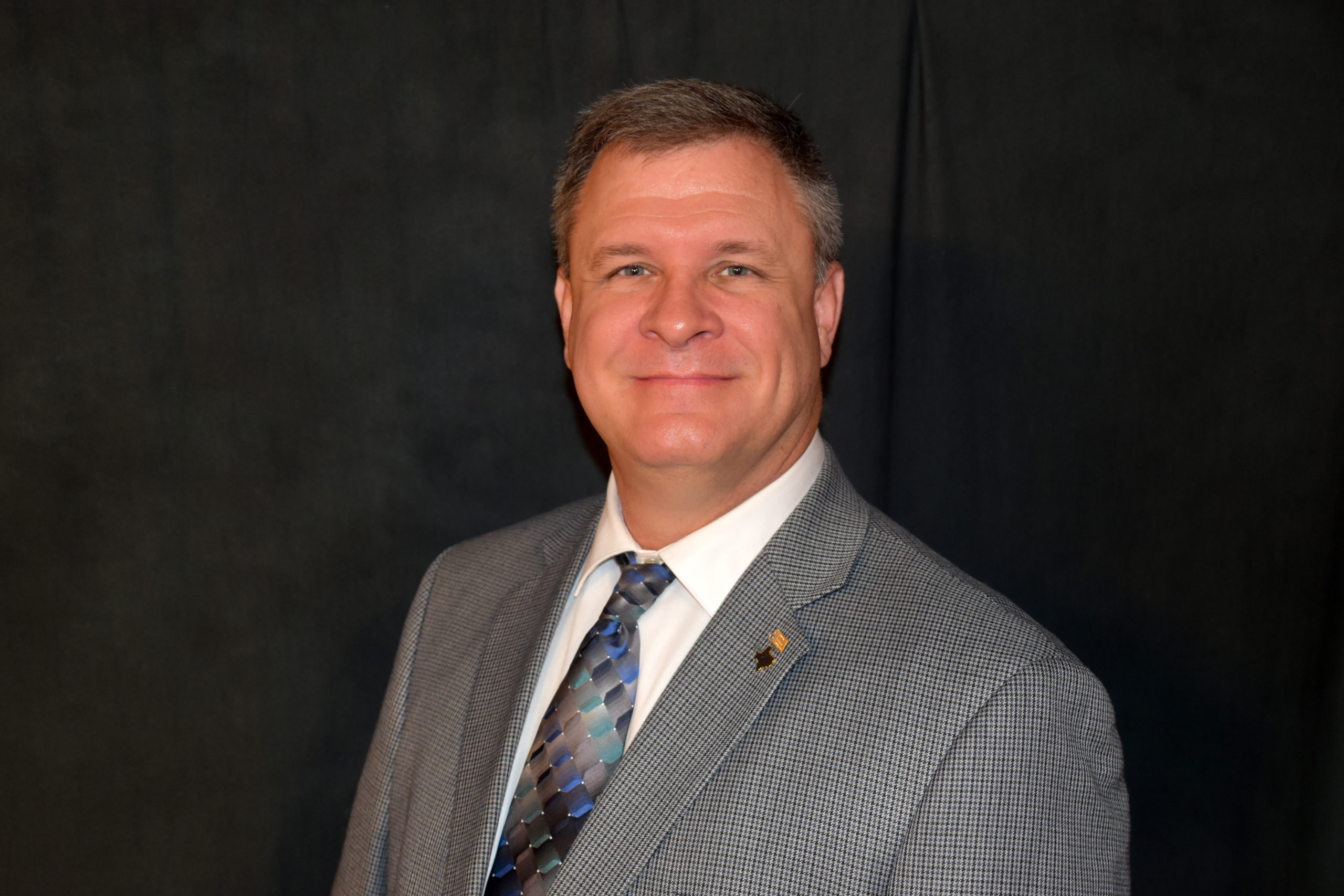
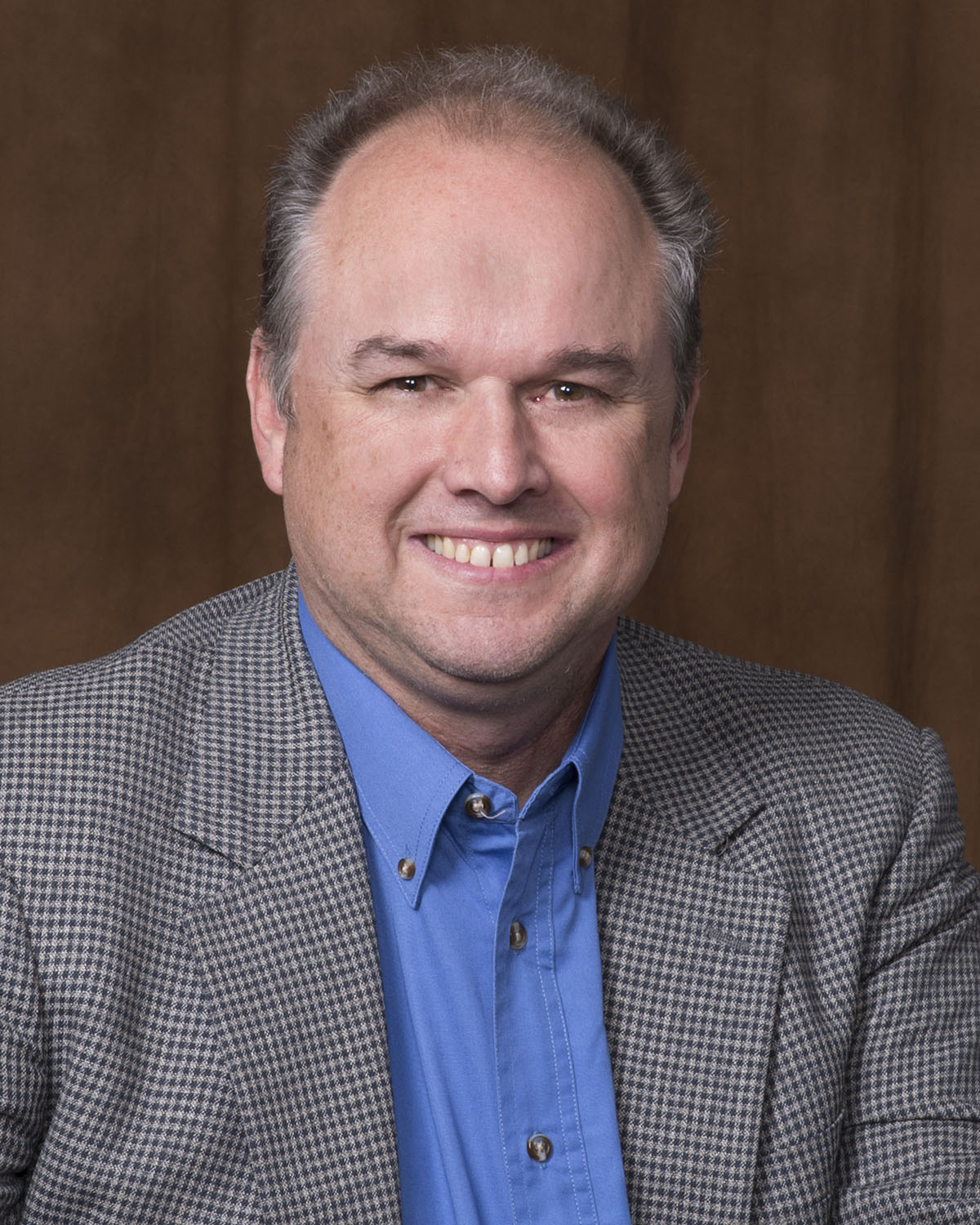
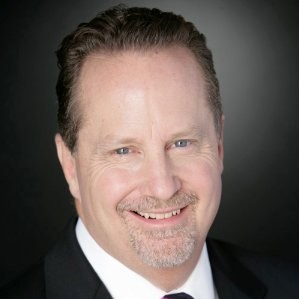
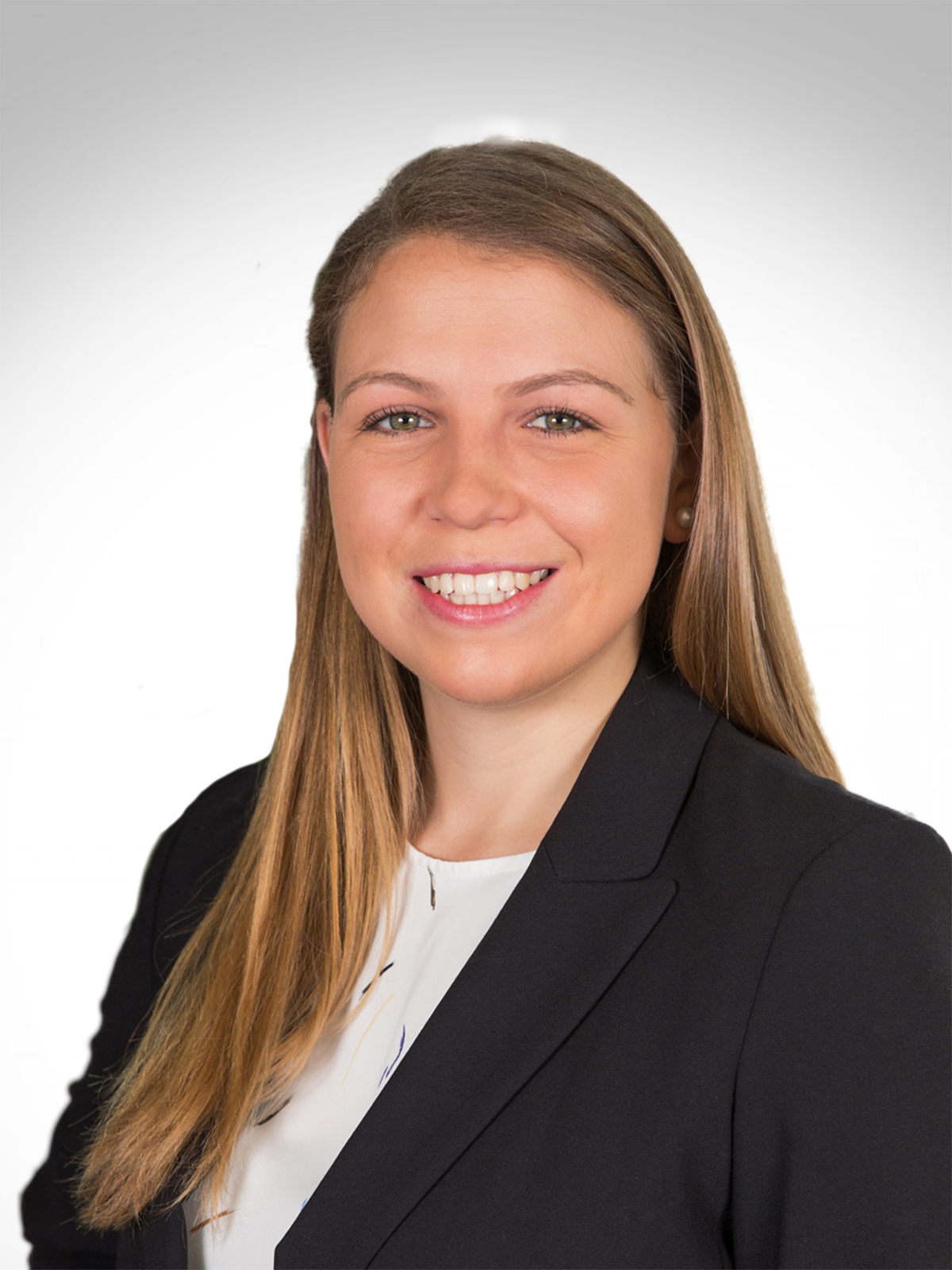
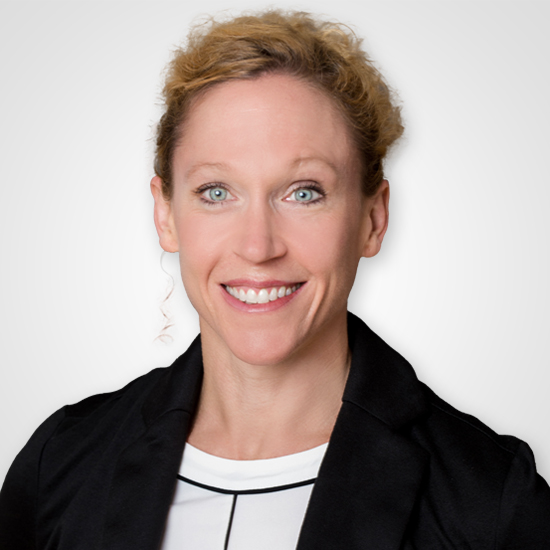
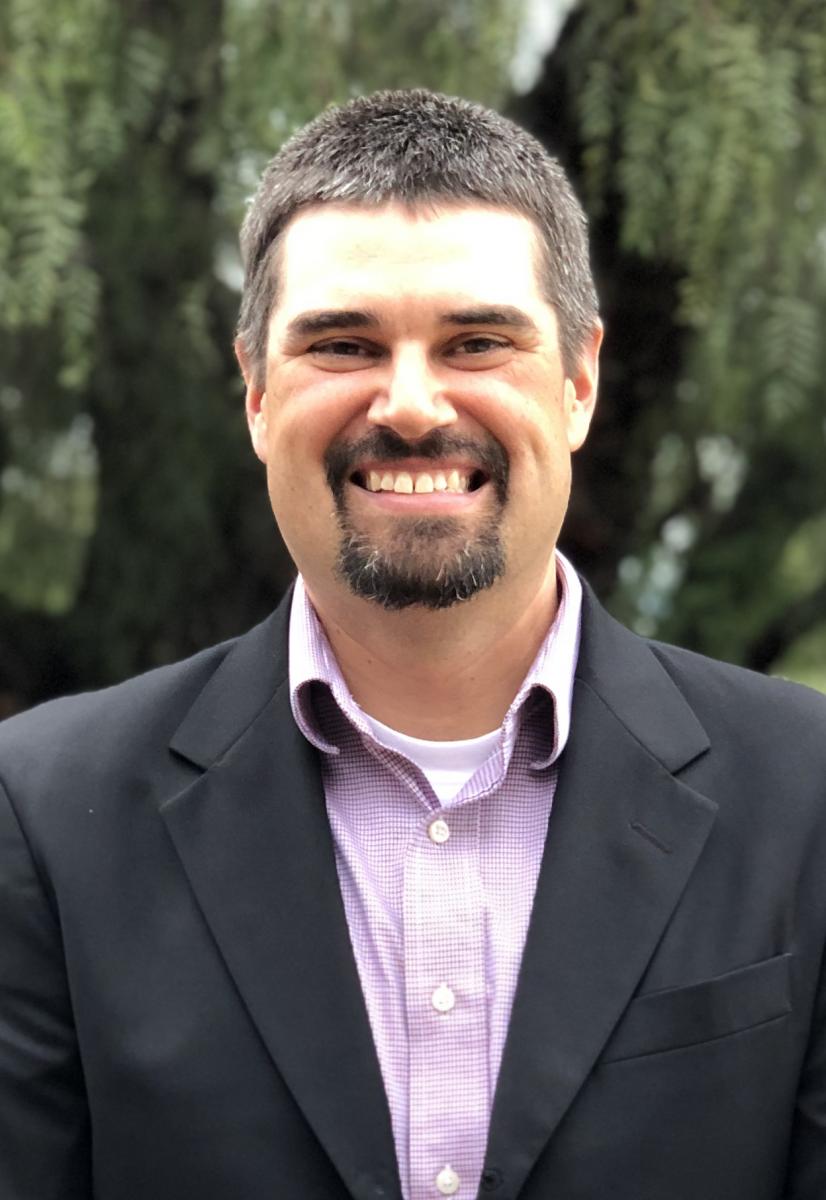
Copyright © Global Water Intelligence 2020. All rights reserved.




